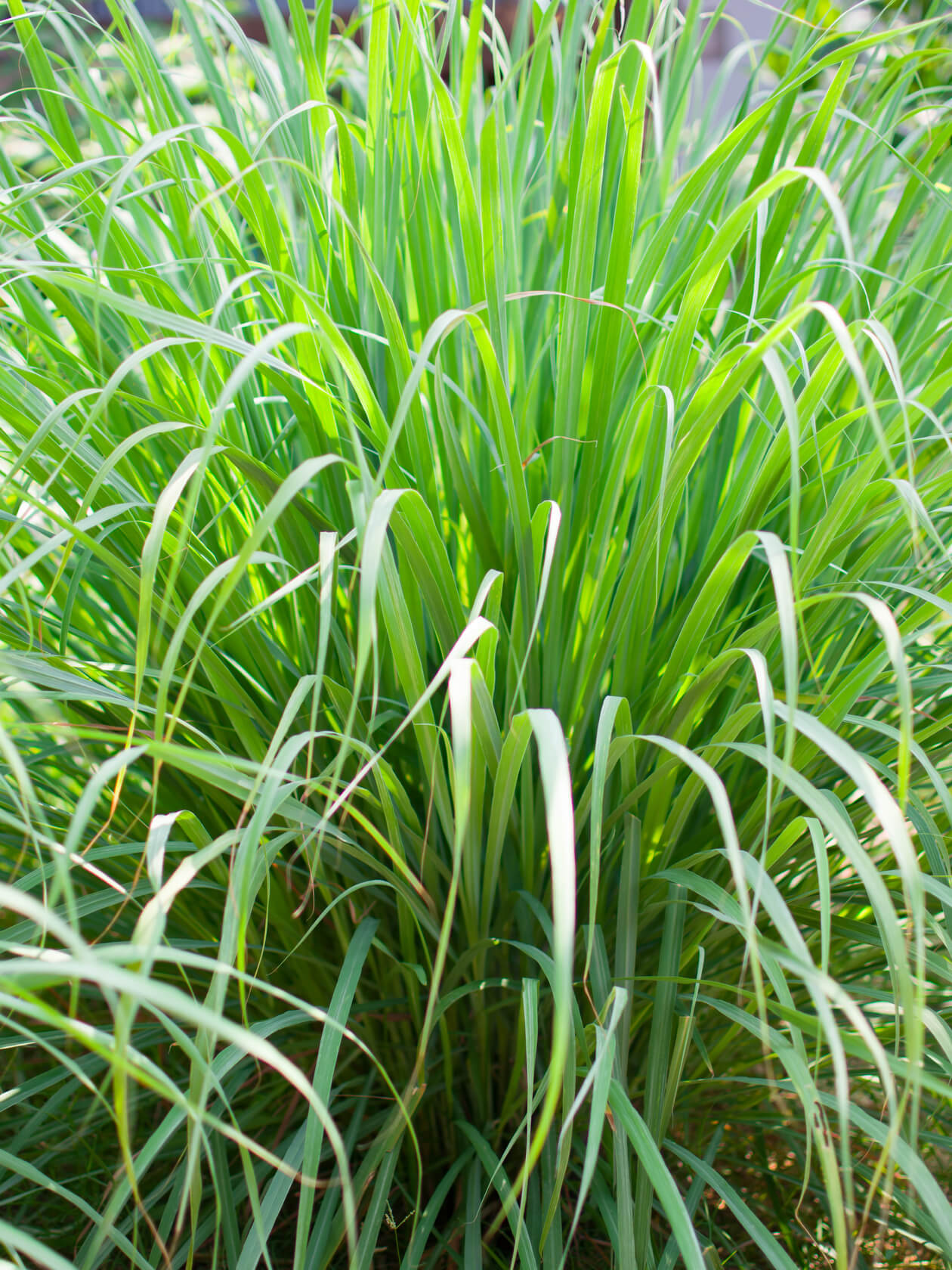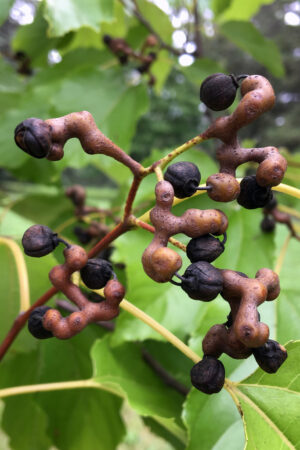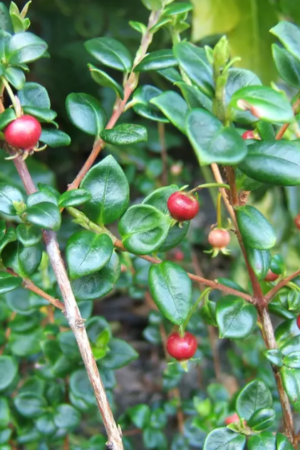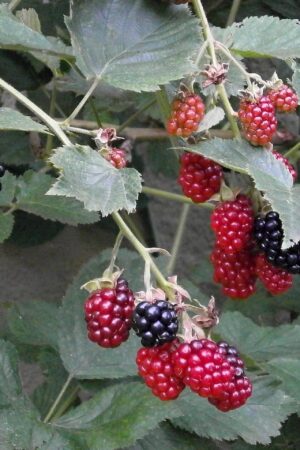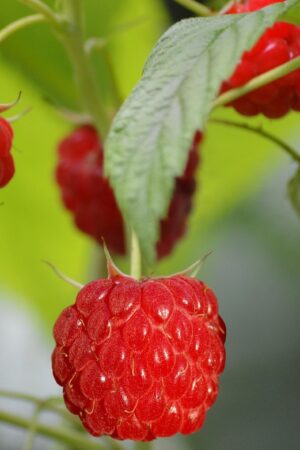A fragrant herb with a strong citrus aroma, commonly used in cooking and herbal teas. Thrives in warm climates and has ornamental value.

Darryl and the team are busy finalising a huge range of plants and sizes for you to purchase with ease from our website, but we arent quite there yet, if something catches your eye – please contact us directly in the meantime

Lemongrass Lemonkist
Cymbopogon citratus
A fragrant herb with a strong citrus aroma, commonly used in cooking and herbal teas. Thrives in warm climates and has ornamental value.
$20.20
Care guide:
- Choosing the Right Location
- Sunlight: Prefers full sun. Ensure it gets 6–8 hours of sunlight daily for optimal growth.
- Soil: Thrives in well-drained, fertile soil with good moisture retention, ideally loamy or sandy.
- Spacing: Leave 50–60cm between plants to accommodate their spreading growth habit.
- Planting Time
- Best Time to Plant: Early spring (September–October) after the risk of frost has passed.
- Preparing the Planting Site
- Soil Preparation: Work in compost or well-rotted sheep manure to enrich the soil.
- Digging the Hole: Create a hole deep enough to cover the root system comfortably.
- Watering Hole: Water deeply after planting to establish the roots.
- Planting Lemongrass Lemonkist
- Plant Placement: Position the plant so the root ball is level with the soil surface.
- Support: Stake if planted in a windy location to protect young plants.
- Watering and Fertilising
- Watering: Keep soil consistently moist but not soggy during the growing season. Water deeply during dry spells.
- Fertilising: Apply a nitrogen-rich fertiliser during spring to boost leafy growth.
- Mulching and Maintenance
- Mulching: Use organic mulch around the base to retain moisture and suppress weeds.
- Pruning: Cut back dead or damaged leaves periodically to maintain a tidy appearance.
- Pest and Disease Control
- Pests: Generally pest-resistant, but check for aphids and spider mites in dry conditions.
- Diseases: Watch for fungal issues in overly wet environments. Ensure good air circulation.
- Winter Care
- Hardiness: Protect from frost by mulching or covering with frost cloth in cooler regions.
- Dormancy: Reduce watering as growth slows during winter.
- Common Uses
- Culinary herb – Ideal for teas, curries, and soups.
- Ornamental planting – Adds texture and height to garden borders.
- Companion planting – Repels pests in vegetable gardens.
- Tips for Success
- Harvest regularly to encourage new growth.
- Use in sheltered spots in frost-prone regions for better winter survival.
